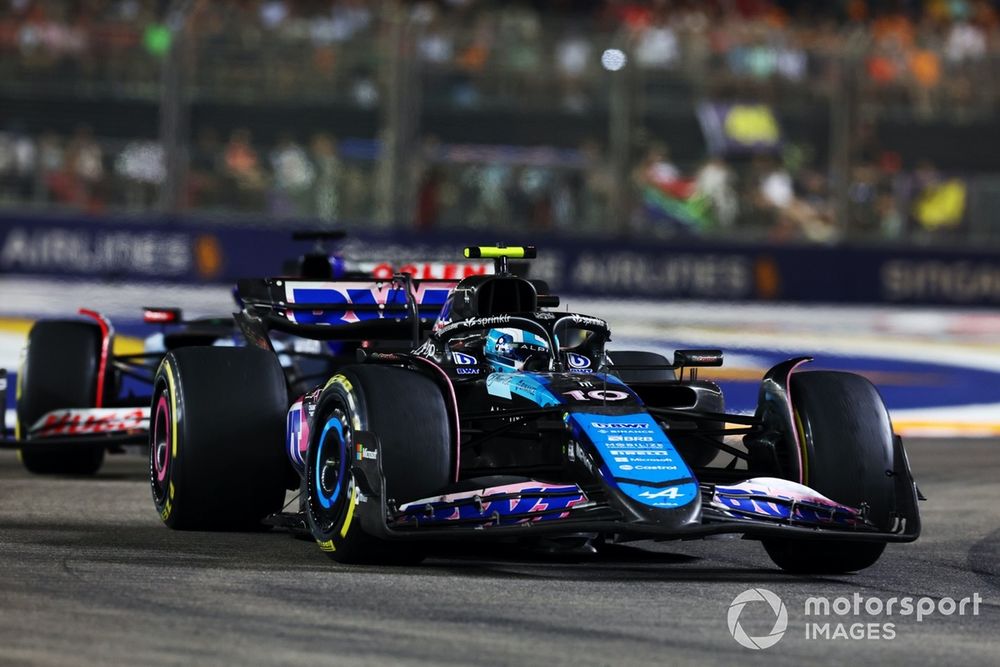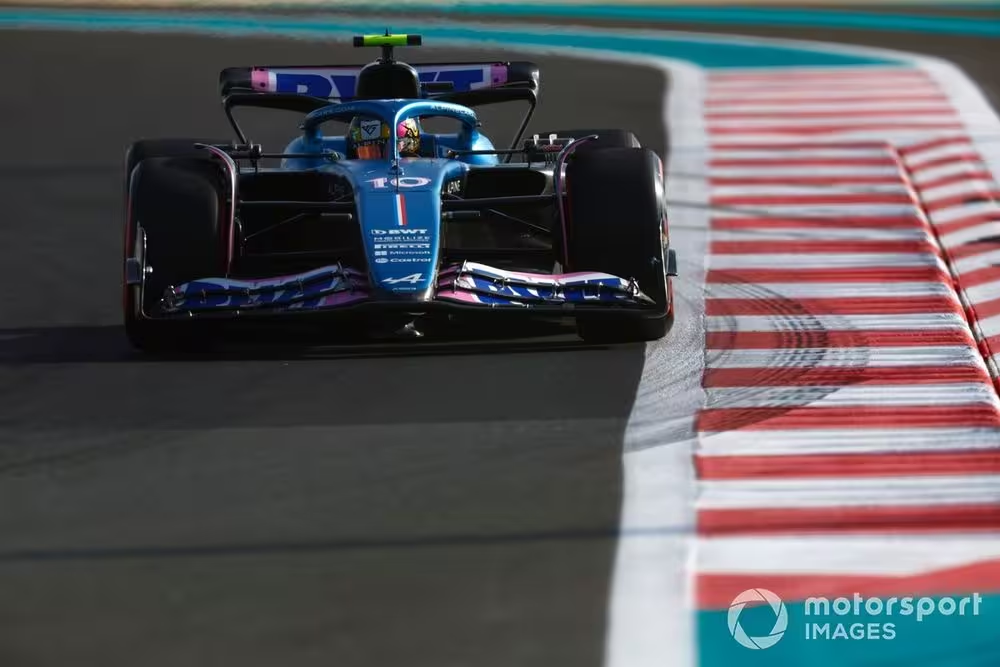Renault has finally confirmed that it will stop its F1 engine operation with the change coming into effect for the 2026 season and beyond.
This comes after months of speculation surrounding the future of the French engine manufacturer, which currently supplies the Renault-owned Alpine F1 Team.
The employees of Renault’s factory in Viry-Chatillon, which is on the outskirts of Paris, were not happy with the plans either, staging a protest at Monza’s Italian Grand Prix in September.
But it wasn’t enough to stop their bosses from confirming the decision, so why is this happening and what is the history of Renault power units in the series?
Why is Renault stopping its F1 engines?
The Renault engine has a rich history in F1, winning 12 constructors’ championships – the second-most in history after Ferrari.
Its last title, however, was with Red Bull in 2013 and since then Renault’s stock has dropped, having largely struggled in the turbo-hybrid era.
In 2023, for example, the Renault engine had approximately 20-30bhp less than rivals Honda, Mercedes and Ferrari.
Pierre Gasly, Alpine A523
Photo by: Zak Mauger / Motorsport Images
So it was lagging behind on performance and the advantages of an F1 team running its own engine are much less than in previous years.
That’s because manufacturers have gotten more on top of things, and Alpine’s former team boss Bruno Famin once explained that “if we take a Ferrari or Mercedes engine, I’m quite convinced that all the integration, all the packaging, will be already very, very good.”
This has been evident in 2024, as Mercedes customer outfit McLaren is currently leading the championship with its engine playing a key role to that success.
And if the performance isn’t there, then it is even more illogical for a company to spend huge amounts of money to run its own power unit.
In Renault’s case, the end product has actually put them on the back foot as Alpine is next-to-last in the 2024 championship while progress on the 2026 engine was understood to be stalling.
So it arguably did not make sense to continue the F1 project given what Alpine is hoping to achieve in the automotive market, where the money can now be better spent.
This means the Viry factory is still going to be in use, but will be transformed into an engineering centre to contribute to the technology of future Renault and Alpine cars.

Pierre Gasly, Alpine A524
Photo by: Alastair…
Click Here to Read the Full Original Article at Autosport.com – Formula 1 – Stories…

